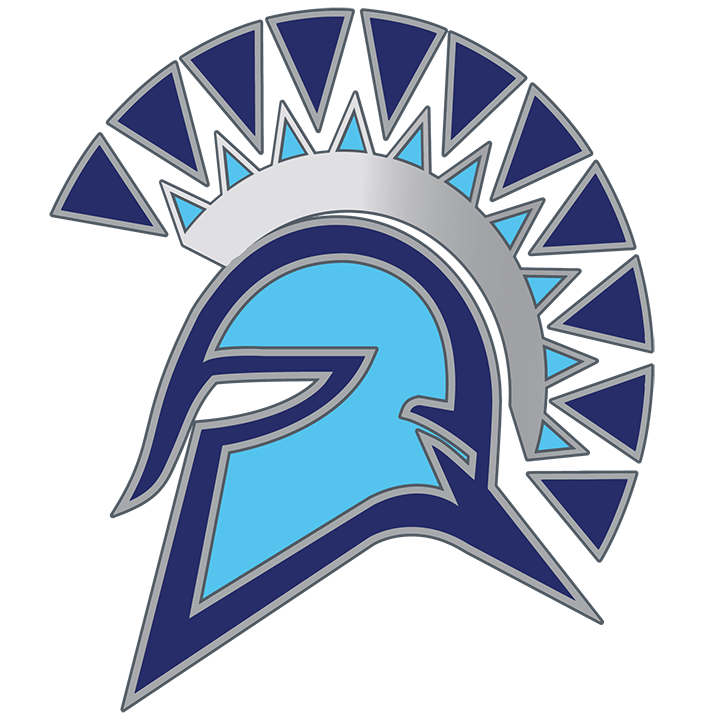Skip to content
Show submenu for OUR SCHOOL
Show submenu for PARENTS
Show submenu for STUDENTS
STUDENTS
Student Forms
Show submenu for STAFF
STAFF
Important Resources
Show submenu for Counseling Services
Counseling Services
CONTACT US
Show submenu for
